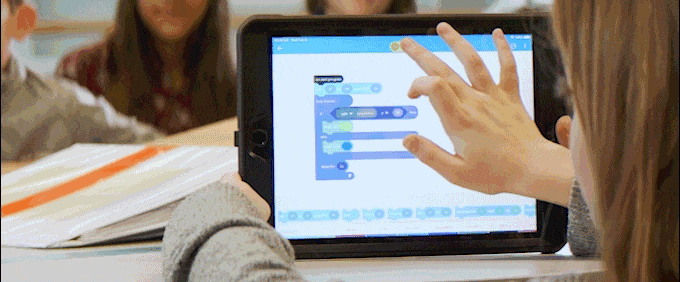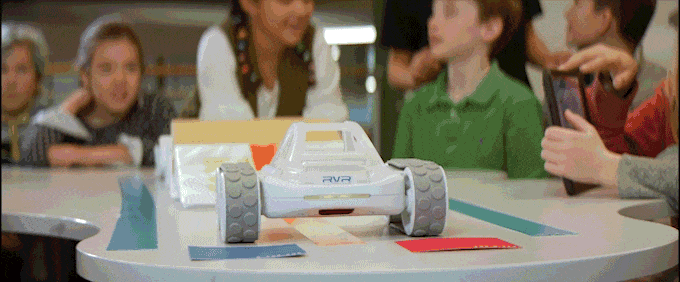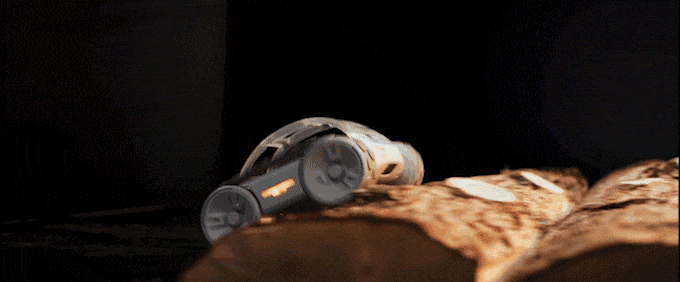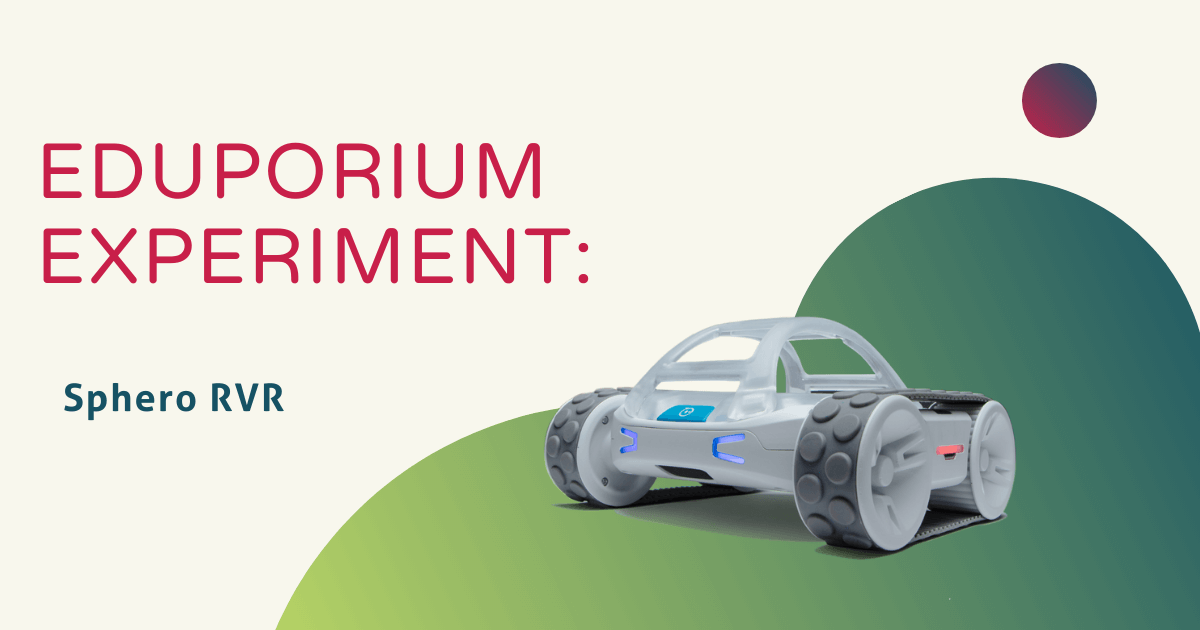The Sphero RVR is unlike any other Sphero robot and there's nothing else quite like it in the education market. Built to mimic a rover, the Sphero version has some surprisingly tough treads. It also packs plenty of torque and ports that enable students to connect third-party hardware. On top of all that, they can still use the Sphero RVR in creative STEAM projects. It's designed for middle and high school students ideally, but there are plenty of educational possibilities when it comes to using this robot with all students in various STEM subjects.
The RVR embodies true versatility in educational robotics and continues to serve as one of the most unique solutions around. Not only can students use the RVR to learn coding skills in the environment that works best for them, it allows them to incorporate other key STEM skills in their learning as well. Among others, these include design thinking, engineering, electronics, and, of course, problem solving.

It’s not difficult to see why the RVR is such a valuable STEM learning tool. One of the challenges with some of Sphero's robots in the past has been programming precise movements or reactions. By trying a different shape with the RVR as opposed to the spherical form that gave the company its name, the Sphero team has helped unlock increased precision with the RVR.
The robot also includes different types of sensors that hadn't previously been a part of other Sphero robots and the amount of Sphero RVR accessories available continues to grow. These include tank treads, a roll cage, a mounting plate, and an extra battery. You can find all of these on our store.

The RVR has an array of gyroscopic, ultrasonic, color, light, magnetic, and IR sensors. They're positioned around its chassis so that it can react to its environment. It also features a removable battery that provides up to two hours of use. The Sphero RVR sensors work with its accelerometers to allow the robot to stop, start, and turn on a dime. Along with the option to integrate third-party technologies, one of the RVR’s key selling points is this precision.
Unlike other similar robotics solutions, the RVR moves in absolute distance. But, what does this mean, especially for educators who may be teaching STEM virtually? Well, when students program the RVR to move one foot forward, for example, it will move exactly one foot forward. It performs exactly the same way on tile, heavy carpet, outdoors, or on an incline. And, as always, the Sphero apps provide students with a clear path to mastery using any one of their draw, blocks, or text programming options. Each of these coding types are available in the Sphero Edu app.

The RVR distinguishes itself from other robotics tools with its cutting-edge adaptability. This starts with its top mounted 4-pin UART port. This port is perfect for incorporating the Arduino, Raspberry Pi, micro:bit, littleBits, and other sensors. From an education standpoint, this is an incredibly unique feature and something that's very conducive to advancing student creativity. The RVR is also perfect for interfacing with other robotics kits as well as classroom engineering kits.
It can also pair with other Sphero products as easily as it pairs with products from other companies. This includes, most notably, littleBits circuits. Sphero and littleBits have been a part of the same company for a while now and, as new adaptations of their solutions are made available to educators, that compatibility is all but guaranteed. With easily available API and pre-developed SDK’s as well, it’s incredibly exciting and rewarding for students to try the various Sphero RVR projects or design their own.
As is the case with Sphero's other robots, the RVR can be paired with the Sphero Edu app. Within the app, students can write programs in the environment they're most comfortable with. The app is available on a wide range of devices. These include iOS, Android, and Kindle devices for mobile use. It works with macOS, Chrome, and Microsoft devices as well for students who'd like to try programming the Sphero RVR using their computer.
We've also talked about the third-party tech, which is a big component of the RVR. The newest of these accessories is the littleBits RVR Topper Kit, which you can find on our store. The kit has some of the most popular littleBits modules, including the micro:bit Adapter. This Bit allows students to program their circuits while they're attached to the RVR. Once set up, kids can code with MakeCode or use the micro:bit Python editor. Whether or not littleBits inventions are physically attached to the Sphero RVR, students can program and control them.
While any littleBits modules are compatible and can be attached to the RVR, the micro:bit Adapter is the only one that enables students to connect to the RVR using a micro:bit or littleBits components. To learn more about the Sphero RVR, request a quote, or place an order, head over to our store. The RVR is available as a single unit or as part of a 5-pack. To keep up with additional news and content on the RVR and other STEAM tools, be sure to follow us on Twitter and Instagram and like us on Facebook.



